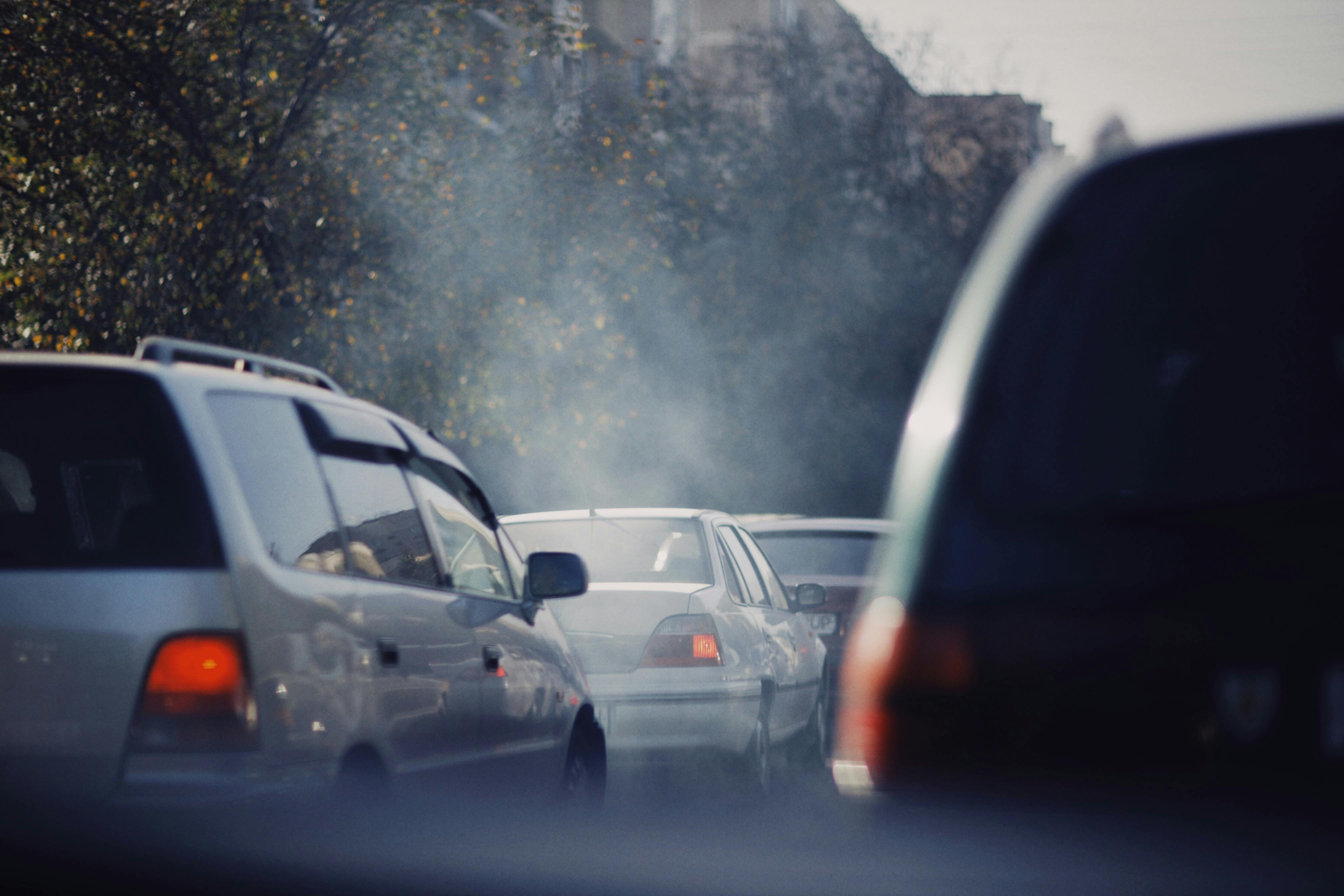How to Look Up Your Car's Smog Check History
Author
Kayvan N
Date Published

Navigating vehicle ownership in California involves a key responsibility: the smog check. Whether you're a long-time resident, new to the state, or in the market for a used car, understanding a vehicle's smog check history is crucial. This detailed guide will walk you through the process of accessing your vehicle's inspection history, explain what a smog check report contains, and outline why this information is so valuable.
Why Your Vehicle's Smog Check History Matters
Your car's smog check history is more than just a list of pass or fail results; it's a window into its environmental health and maintenance history.
For Car Buyers: A vehicle's smog history can be a powerful tool when buying a used car. A record of consistent passes suggests the vehicle has been well-maintained and its emissions system is in good working order. Conversely, a history of repeated failures or a recent failure followed by a quick re-test could indicate underlying issues or a history of problems.
For Car Sellers: When selling a vehicle, providing a clean smog history report can build trust with potential buyers and justify a higher asking price. It demonstrates transparency and reassures the buyer that the vehicle is compliant with state regulations.
For Owners: For routine maintenance and registration renewal, knowing your last smog check date and the results can save you time. If your vehicle previously failed, the report will provide details on why, helping you and your mechanic address the specific issues before your next test.
How to Access Your Vehicle's Smog Check History
The California Bureau of Automotive Repair (BAR) is the state agency responsible for the Smog Check Program and maintains an official, free, and easy-to-access online database. Here’s how you can look up a vehicle's history:
Go to the Official BAR Website: The most reliable way to get this information is by visiting the BAR's official website at www.bar.ca.gov.
Find the Lookup Tool: On the website's homepage or under its "Consumers" section, you will find a tool titled "Check Vehicle Inspection History."
Enter Vehicle Information: The system will prompt you to enter either the vehicle's License Plate Number or its Vehicle Identification Number (VIN). While the license plate number is a valid option, using the 17-character VIN is recommended for the most accurate and comprehensive results, as license plates can change over a vehicle's lifetime.
Review the Results: Once you submit the information, the website will display a report detailing the vehicle's smog check history, which is updated daily.
What's Included in a Smog Check Report?
The Vehicle Inspection Report (VIR) that a smog station provides you after a test contains a wealth of information. When you access a vehicle's history on the BAR website, you'll find a summary of these key details:
Inspection Dates: The date of each smog check is recorded, allowing you to track the vehicle's history over time.
Pass or Fail Status: The report will clearly indicate whether the vehicle passed or failed each test.
Testing Station Information: The report often includes the name and location of the station where the inspection was performed.
Test Type: The report will specify the type of test conducted, which varies depending on the vehicle's model year. For example:
BAR-97 (Tailpipe Test): Used for older vehicles (1999 and older) that requires the car to be tested while a technician measures the emissions from the tailpipe.
On-Board Diagnostic (OBD) Inspection: For most vehicles made in the year 2000 and newer, the test involves connecting a computer to the car's OBD system to check for emissions-related faults and to ensure that all "readiness monitors" have completed their self-checks.
Understanding the Test: A Closer Look
A smog check is a multi-point inspection that goes beyond just tailpipe emissions. The full inspection may include:
Visual Inspection: A technician will visually inspect the emissions control components to ensure they are present, connected, and have not been tampered with.
Functional Inspection: This involves checking the vehicle's Malfunction Indicator Lamp (MIL), commonly known as the "check engine light." If the light is on, the vehicle will automatically fail.
Emissions Test: This is the part of the test that measures the actual pollutants coming from the vehicle's tailpipe (for older vehicles) or is read from the vehicle's computer (for newer vehicles).
The Importance of a Clean History
A clean smog history demonstrates that a vehicle is environmentally compliant and mechanically sound. This not only fulfills a legal requirement for registration and sale but also helps maintain the vehicle's resale value. By staying on top of your smog checks and keeping a record of your vehicle's history, you are contributing to California's air quality goals and making a smart investment in your vehicle's longevity and worth.

Learn about California's smog check pricing, potential hidden fees, and how to get a fair price. Pass your smog check without breaking the bank.

Pass your smog test with ease. Learn 8 essential tips, from warming up your engine to checking the "Check Engine" light, for a successful inspection.